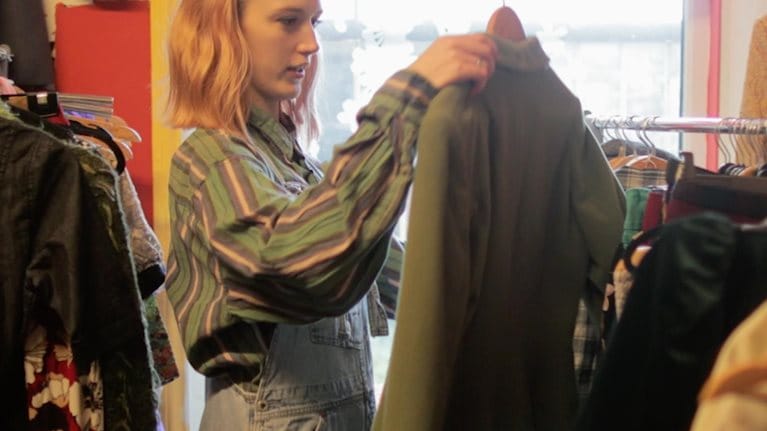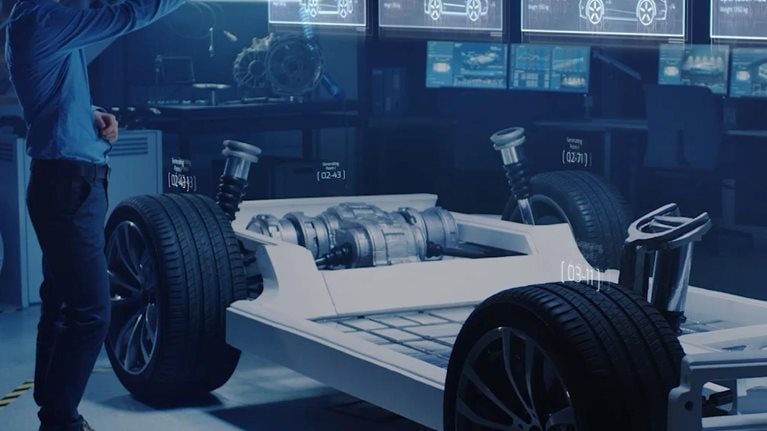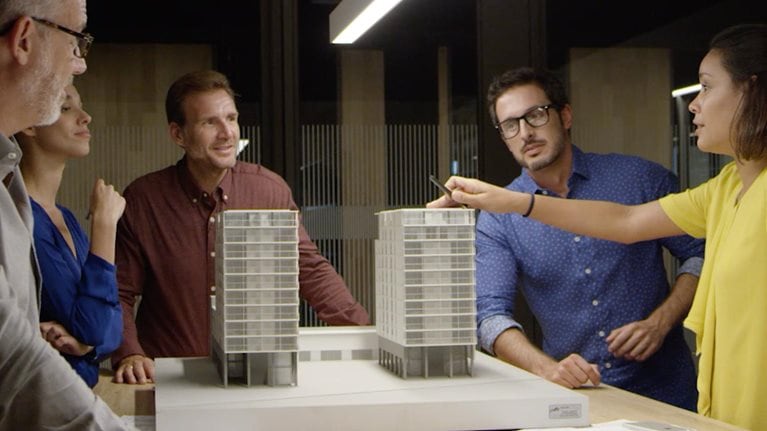The future of fashion: Sustainable brands and ‘circular’ business models
Q: Has surplus inventory gotten worse since the pandemic? If so, how can fashion brands pivot and find solutions quickly?
—Sasha Iglehart, founder, THE WORKS Upcycling, United States
A: Watch the video for a response from Achim Berg, a senior partner in McKinsey’s Frankfurt office.
View this edition Ask a question

The Next Normal
The future of business: Reimagining 2020 and beyond
Q: I am curious about the future of the online experiences for patrons of museums, zoos, libraries, historical societies, and galleries. These are all primarily in-person experiences where visitors come to see one-of-a-kind artwork, historical objects, and wild animals. If visitors are less likely to come in person over the next year or so, how can we provide them with an engaging digital experience? What kind of experience will they want from a museum website?
—Erin Fleming, content producer, San Francisco Museum of Modern Art, United States
A: Watch the video below for a response from Phil Balagtas, an experience design director at McKinsey.
Q: Any advice about how much cash profit should be allocated as capital expenditure for 2021 at a base case, which we can then adjust in bear (and very bear) scenarios?
—Ilma Marikkar, director of finance, MAS Active Trading, Sri Lanka
A: There are really two considerations here: the need to maintain an efficient debt-to-EBITDA ratio to optimize a company’s capital structure as well as the need to continually monitor its overall liquidity risk. Every company is different. Some will still be in reactive mode while others are thinking about recovery from the COVID-19 crisis. In general, most companies will want to be more flush with cash in the near term to avoid issues in the credit markets or with liquidity. But capital-expenditure allocation depends on the company’s context first and foremost.
—Ankur Agrawal, partner, and Matthew Maloney, associate partner, McKinsey & Company
View this edition Ask a question
The future of food: Meatless?
Q: What is the environmental impact of each of the various alternative-protein candidates? I’m particularly interested in water use.
—Geoff Dalander, senior manager, Stanford Children’s Health, USA
A: Watch the video for a response from Zafer Dallal Bashi, a specialist in McKinsey’s Denver office.
Q: Debates and discussions about the development of plant-based meat alternatives are on the rise. But in many cultures, protein comes in the form of beans, lentils, and nut-paste additions to starchy foods. Why are these options never presented as main-course replacements for steaks or burgers?
—Ursula Arens, member of the British Dietetic Association, UK
A: Watch the video for a response from Zafer Dallal Bashi, a specialist in McKinsey’s Denver office.
Q: In Argentina, where the majority of the production and exports are meat-based, we are worried about how fast artificial meat will reach this part of the world, and how business will change or disappear. What is your vision for the next 5 years on this?
—Virginia Genovesi, digital-transformation consultant, Argentina
A: Watch the video for a response from Jordan Bar Am, associate partner at McKinsey.
View this edition Ask a question
The future of insurance: Faster, easier claims
Q: In your opinion, what is the reason so many consumers prefer to call in their claim through the call center instead of doing it online via a chatbot or an online form?
—Stian Nygaard Lind, business analyst, If P&C Insurance, Norway
A: Filing a claim, especially for property and casualty (P&C) insurance, is an emotional experience for most people. It’s also something they do very infrequently. Many people are accustomed to filing health insurance claims regularly, but in P&C—in auto insurance, for example—the average person will file a claim only once every eight to ten years. When a claim incident happens, the person is often scared, angry, and not sure how to proceed. In such an emotional situation, it’s natural that customers will initially want to talk to someone from their insurance carrier to be able to ask questions and receive assurances about how their claim will be handled. In later stages of the claims journey, customers become more willing to use digital channels to do things like send documents or review a claim’s status.
In the future, as people get increasingly comfortable using digital channels for more and more transactions, we will likely see more consumers report P&C claims digitally. Some people are already comfortable doing that today. But we believe the adoption curve will be much slower for P&C claims than for more frequent, less emotional transactions.
—Deniz Cultu and Michael Müssig, partners, McKinsey & Company
View this edition Ask a question
The future of packaging: Smart bottles, edible boxes
Q: I believe the perfect package to be the apple: one eats the packaging at the moment of consuming the contents. This must be the gold standard that the industry must aim for. At the very least, if not consumed in some way, the packaging must be totally biodegradable. Do you see these two goals as being attainable within the next 5 to 10 years?
—Michael O'Neill, CEO, 9wxyz Limited, United Kingdom
A: Edible packaging—made of renewable materials such as sugarcane, potato, rice, and seaweed—already exists today. We expect growth in market adoption of biodegradable “zero-waste” packaging, but the size and speed of that growth will depend largely on how well packaging companies can innovate. For example, in food applications, one big challenge is developing scalable, cost-efficient materials with strong-enough barrier properties to limit food waste and to meet both current and future supply-chain requirements. We hope to see more innovation in this area in the next 5 to 10 years.
—Daniel Nordigården, senior expert, McKinsey & Company


